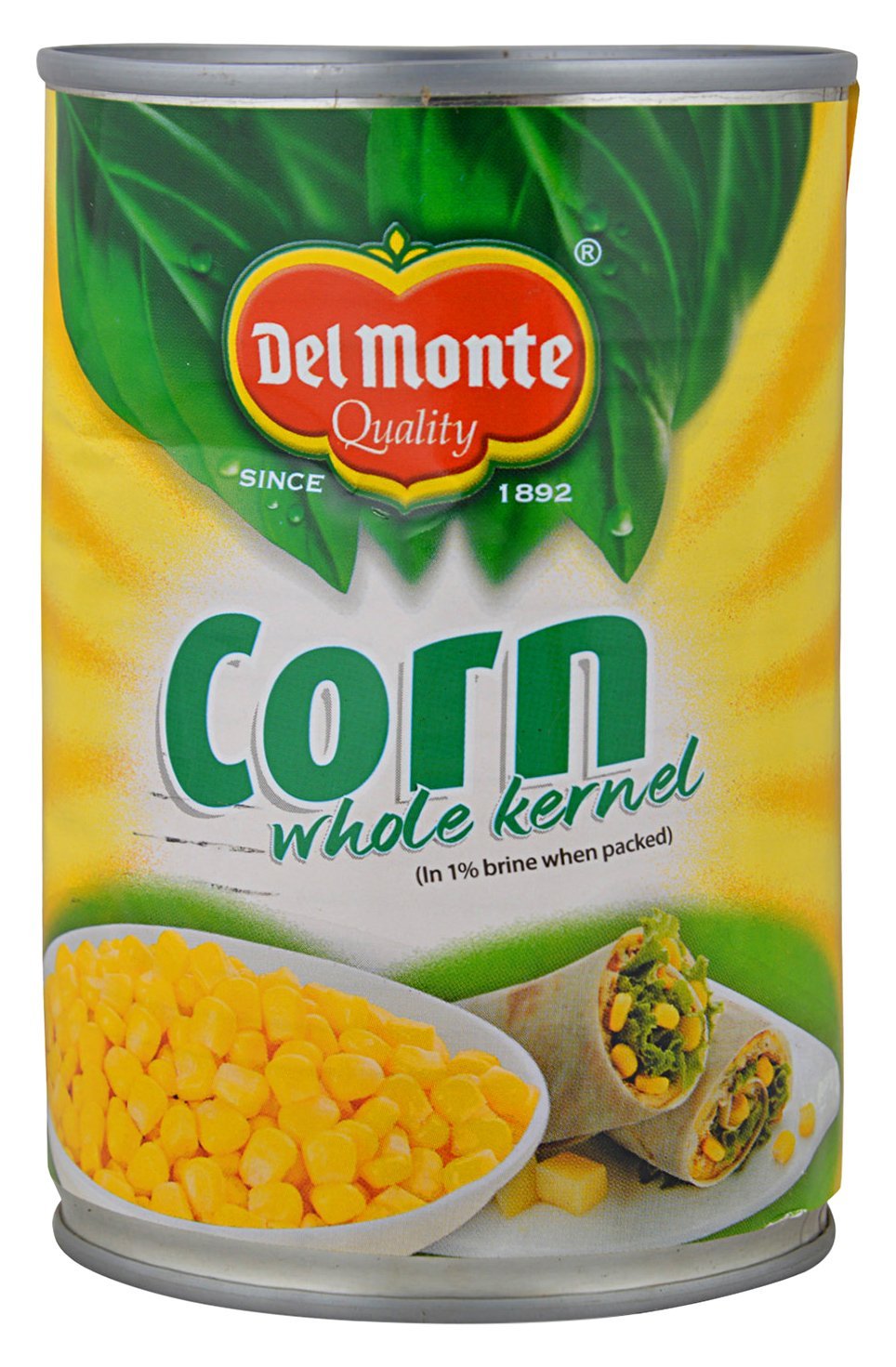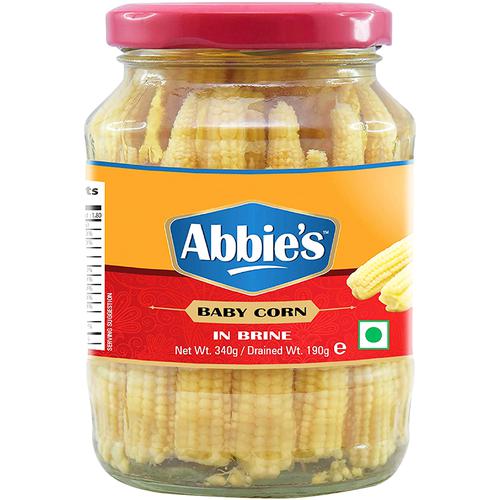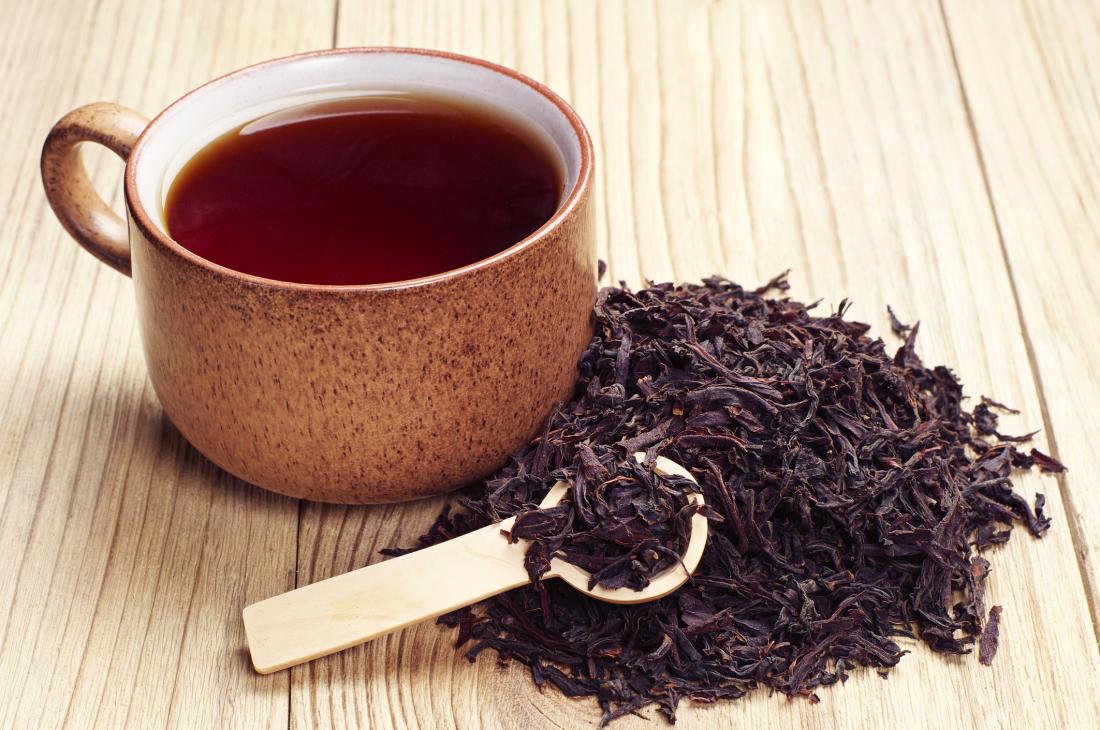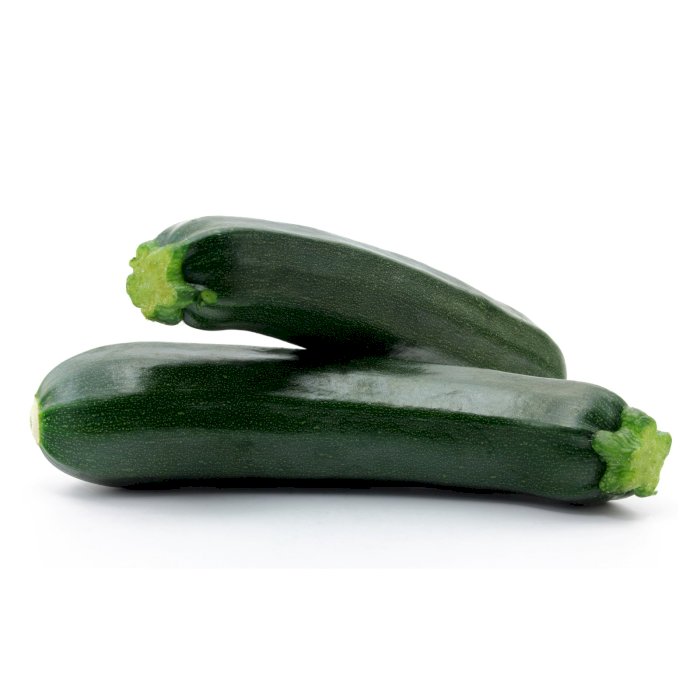Published Date January 24, 2003
All you need to know about Salicylate Sensitivity
By Arpita Sudev
2 min read
Last update date: January 24, 2003
All about coffee, Almonds, Capsicum and salicylate sensitivity.
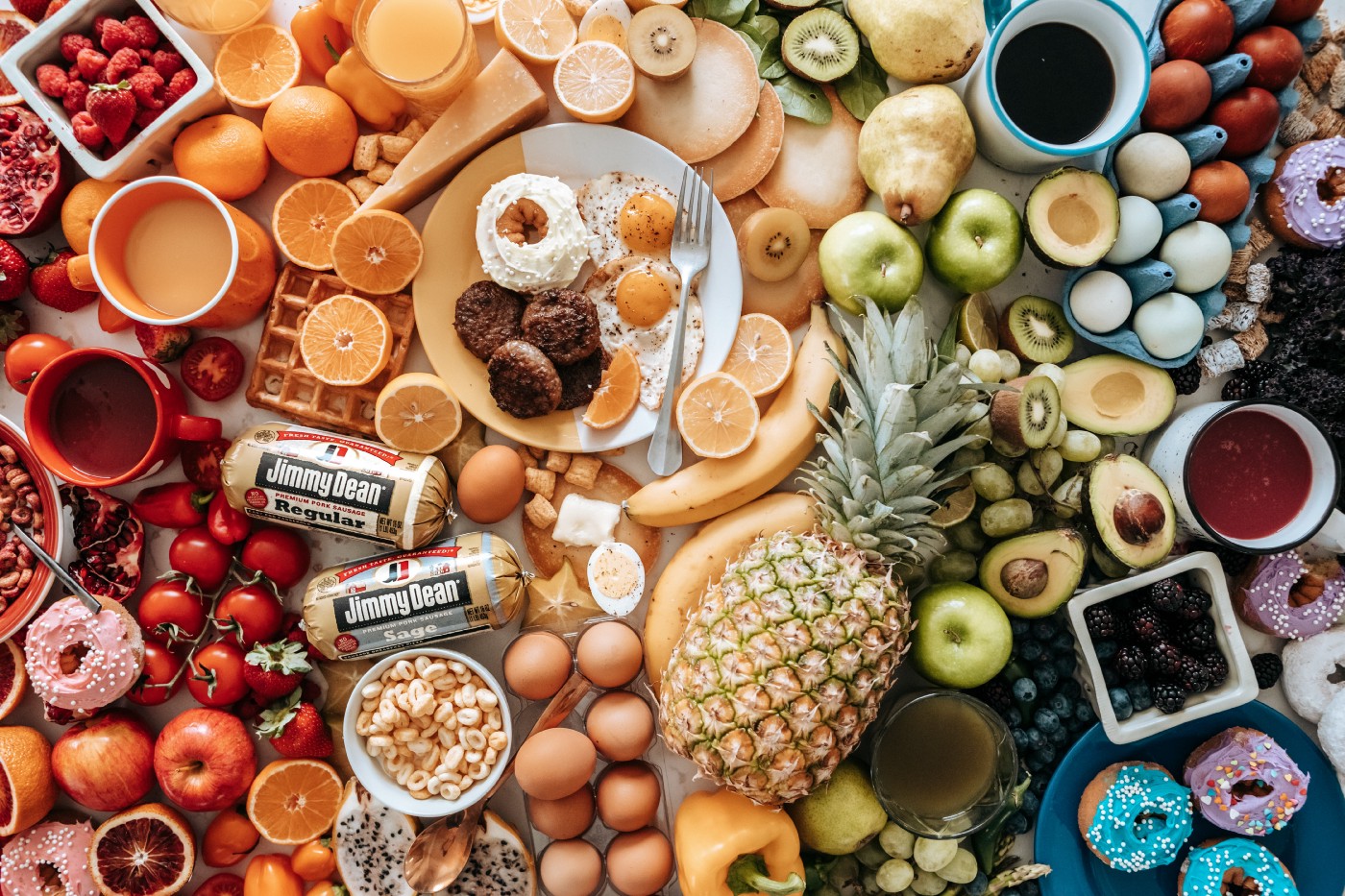
Salicylate is a general term for chemicals that have salicylic acid as their base. Salicylic acid is a naturally occurring organic acid found in a variety of plants. These plants produce it as part of their defense system against diseases, insects, bacteria, and environmental stress.
They occur as a natural ingredient in many fruits, vegetables, and spices. Natural and synthetic salicylates are also found in many common health and beauty products. Salicylic acid is used as an ingredient in synthetic salicylates and a variety of other products. In medicines and drugs; Aspirin, for example, is made by combining salicylic acid with a chemical called acetic anhydride.
Salicylate sensitivity is when your body has a reaction to salicylates, but it does not involve your immune system. It is the body’s inability to handle more than a certain amount of salicylates at any given time. When people with salicylate intolerance eat foods that contain salicylates over a prolonged period, it may cause gastrointestinal inflammation, inflammatory bowel disease, diarrhea, and Crohn’s disease.
The percentage of people suffering from salicylate sensitivity is unknown but it occurs more often in adults than children. In comparison, the daily intake of salicylates from the foods we eat is estimated to be 10–200 mg on average.
Some common symptoms of having moderate to high salicylate foods are:
- Sinus inflammation and infection
- Polyps (small, non-cancerous growths) in the nasal and sinus passages
- Asthma
- Hives
- Fever
- Tissue swelling
- Inflammation of the large intestine can cause abdominal pain and discomfort
- Diarrhea
- Swelling of hands/feet/face/eyelids/lips/throat
- Trouble breathing and wheezing
- Frequent need to urinate
Foods that have High Salicylate content
- Beverages: Beer, bubbly drinks/ soda, regular coffee, tea, wine, rum.
- Fruits: Apricots, apples, avocados, varieties of berries, cherries, dates, currants, grapes, guava, orange, pineapple, plum, prunes, and raisins.
- Vegetables: Capsicum, chillies, chicory, canned mushrooms, pepper, green olives, tomato paste & sauce, zucchini, artichoke, broad beans, broccoli, corn, cucumber, eggplants, fava beans, okra, watercress, squash, spinach.
- Nuts, Seeds & Snacks: Almonds, peanuts, pine nuts, pistachios, savoury chips & crackers.
- Condiments, Herbs & Spices: Anise seeds, cumin, cinnamon, curry powder, fenugreek, garam masala, honey, jam, mace, mint, mustard, oregano, paprika, pepper, turmeric, etc.
Takeaway
Some important considerations when undertaking a diet low in salicylates are:
- Salicylate is highest in unripe fruit, and lowest in fruit ready to drop off the plant
- Salicylate is highest in the skin zone of fruit and vegetables (skin and just below the skin)
- Salicylate is concentrated by processing such as fruit or vegetable juices, sauces, pastes, powders, jams, syrups, and flavourings.
References
Keep reading

All you need to know about Hypertension
All about blood pressure, lack of physical activity and hypertension.
By Naurin Ansari

All you need to know about Hypothyroidism
All about thyroid hormones, High blood pressure, iodine and hypothyroidism.
By Naurin Ansari

Hydration Facts You Need To Know
Water is the most essential drink in our life. It is used in almost all the activities that we carry out in our day-to-day life. Cooking, bathing, cleaning, everything needs water.
By Hetvi Shah
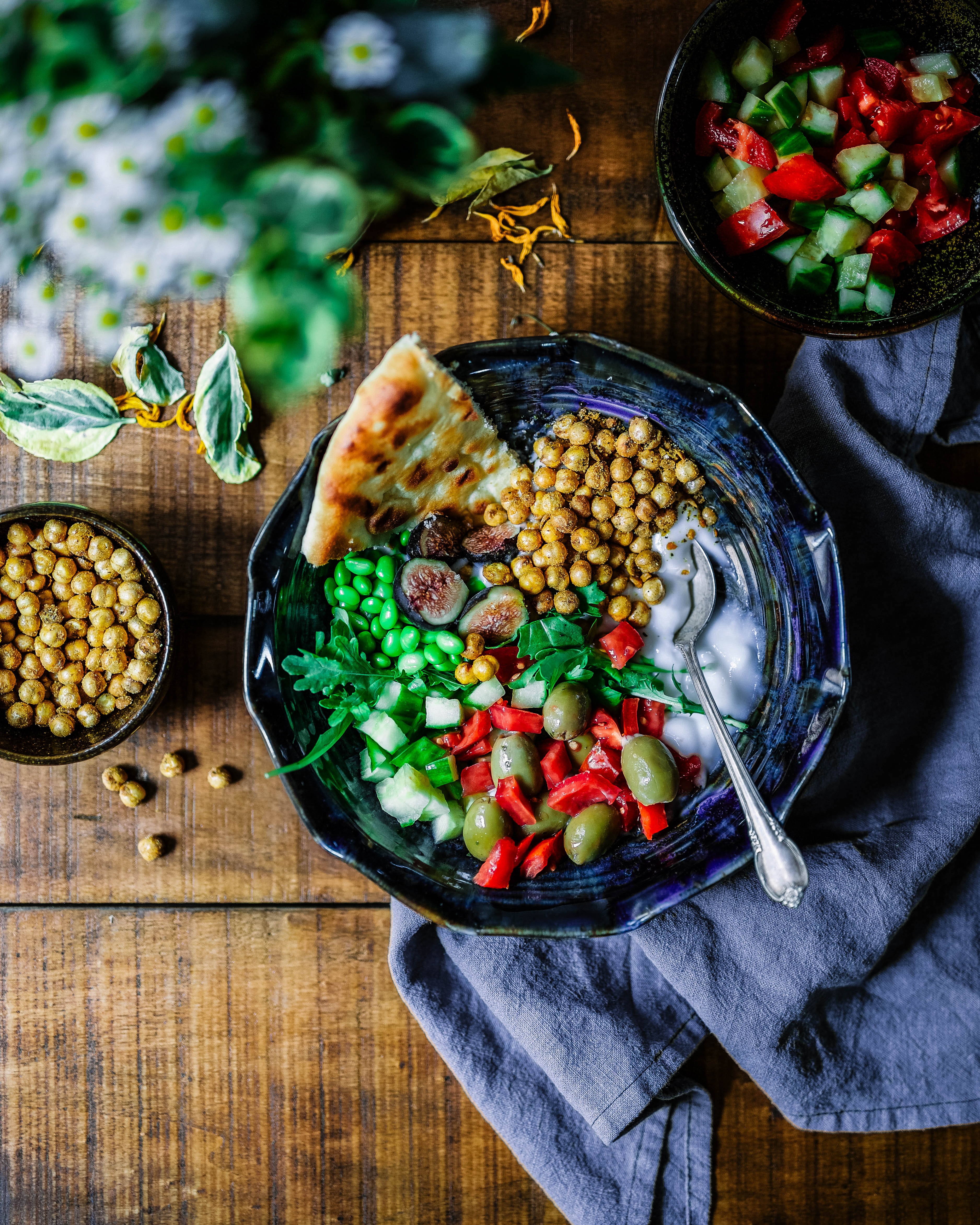
How Much Do You Know About FODMAP?
All about IBS, Crohn's disease and FODMAP.
By Arpita Sudev
Related Items
Choose Healthy With Us.
Know the real truth about your food. Stay informed and healthy, for free.

Download the App Now
Certified nutritionists trust our food recommendations. Safe to say, so can you :)





